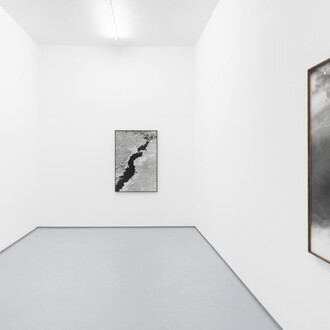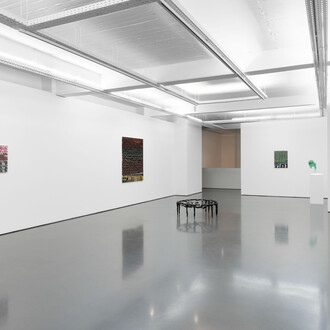Marcelo Brodsky, Argentinian artist and activist, presents his artistic work in Portugal for the first time. 1968: The Fire of Ideas, on the one hand, gathers vindicating images of the demonstrations and campaigns of students and workers in the sixties—in the most diverse cultural, geographic contexts—against governmental structures; on the other, it adds documental fragments about that period, resorting to Portuguese collections, as well as exclusive dialogues with other artists' works, such as Ricardo Martins or Marcel Broodthaers.
Celebrating the 50th anniversary of the fight that students and workers took to the streets and the 70th anniversary of the Universal Declaration of Human Rights, this exhibition motivates a reflection on the struggles for which we have raised our voices.
According to Inês Valle, curator of the exhibition, "What are revolutions if not a fire of ideas that boils inside us, making us dream of better lives in a fairer world?
Marcelo Brodsky is a revolutionist and a human rights activist. Above all, he is a man who resorts to visual art to raise awareness about our world. In a very critical, conscious way, he investigates images, words, and documents for specific memories that have shaped our collective history and tremendously impacted his life and family.
At the forefront, there is the Argentinian military dictatorship (1976–1984) and its effect on his life — or generation, better yet. It was a regime of terror enforced by a state that systematically executed people and made “disappear” at least 30,000 citizens, including Brodsky’s older brother, Fernando, and the former’s best friend, Martin Bercovich. Luckily, the artist managed to flee to Barcelona, where he lived in exile until 1984. Until then, he learned the art of photography and understood its power in addressing social issues, with a highlight on the psychological ordeals of migrants. The product of his journey into this field is a body of work etched with collective memory — still a strong premise in his artistic practice nowadays.
In a bid to understand his identity, Brodsky, on returning to Argentina at the age of 40, took on a systematic investigation into his personal photographic archives. Upon seeing a 1967 picture of his classmates, a deep curiosity about the fate of each person in it arose. The encounters he had with them in his quest for truth brought forth what is now his most famous work: Buena Memoria (1996). In this project, the photograph “Class Photo, 1967” is drastically enlarged and meticulously shows the handwritten fate of each person—killed, missing, exiled, or traumatised during the Dirty War. “Puente de la Memoria” forms another aspect of this poignant project. It is a video that captures one of the most striking and emotional moments of this reunion, celebration, and recognition at the Colegio Nacional de Buenos Aires. This was the first official ceremony the school had, acknowledging (twenty years later) the 98 students who were killed during this tyrannical regime. In “Puente de la Memoria,” the artist intertwines facial representations of his classmates with images captured during that ceremony, along with voices disclosing the victims’ names. Hence, the project Buena Memoria: consisting of family photo albums, videos, and intimate, literary records. One can understand it as a collective memorial for both fatal victims and alive ones, having survived the most atrocious episode in Argentinian history. (Regarding Brodsky, although after much delay, due to a lethargic justice system, memorial justice was made only when those responsible for Fernando’s murder were sentenced, in 2017.)
In his art project 1968: The Fire of Ideas (2014–2018), providing its title to this exhibition, Brodsky proposes a historical revision of the ideas of the late sixties, still very pertinent in our contemporary times. The project is now a photographic essay of fifty archival images of political upheavals from students and workers around the world in that period. These black and white photographs, with meticulously handwritten interventions, draw our attention to details of strength, energy, and action — and consist as well in a visual recontextualisation enabling a deeper understanding of the past and the impact these fights had on our society." (in Brochure of the exhibition 1968: The Fire Of Ideas)
















